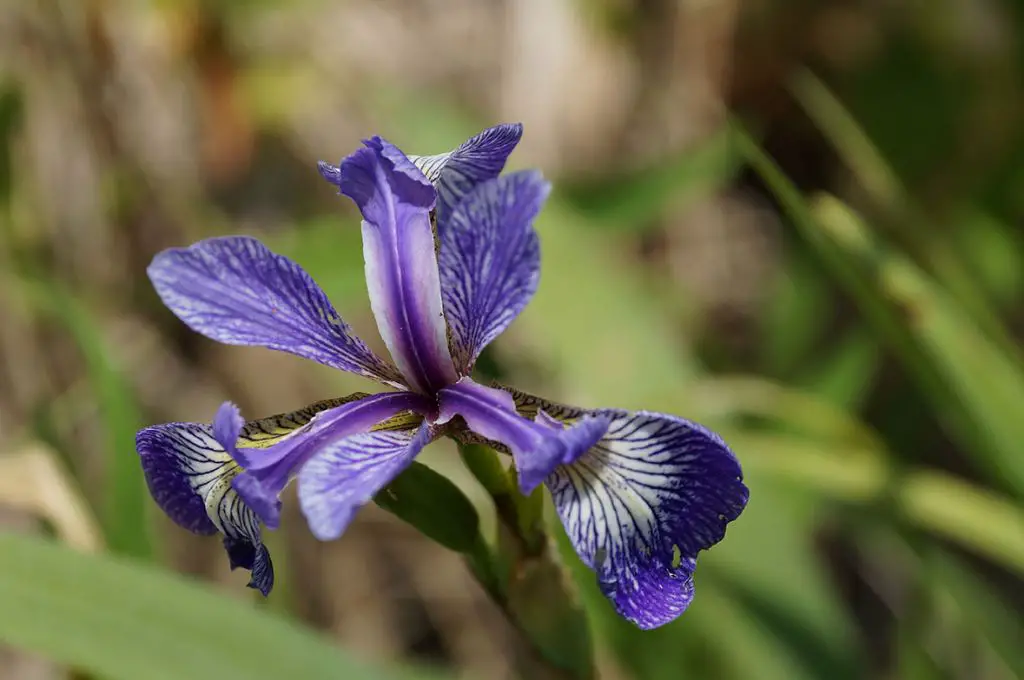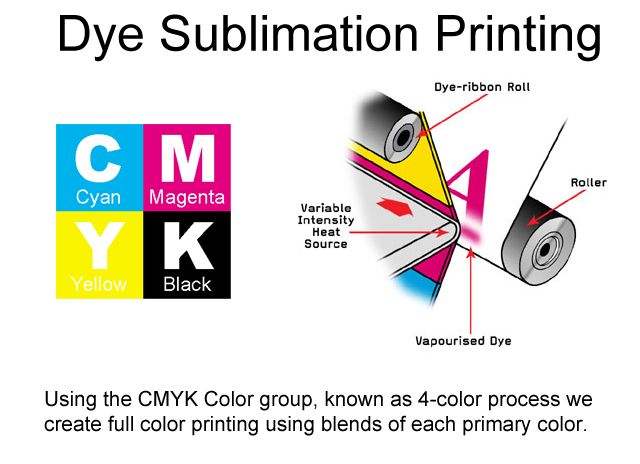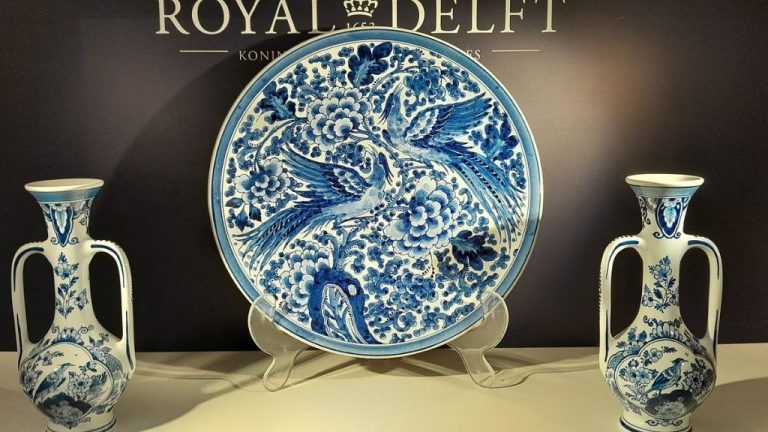What Color Is Stormy Blue?
Overview of Stormy Blue
Stormy blue is a medium-dark shade of blue that contains hints of violet or purple. It is considered a deep, rich, and intense blue color. Stormy blue got its name from its ability to evoke stormy seas and cloudy skies. Other names used to refer to stormy blue include slate blue, cadet blue, dark periwinkle, or thunder blue.
Some general characteristics of stormy blue include:
- Deep, vivid blue color
- Often has a grayish or purplish tone
- Associated with rain, thunderstorms, and stormy weather
- Considered a cold, strong blue
- Has a RGB value of 0, 80, 80
- Has a lightness value of around 35-45%
Stormy blue is a rich, bold shade of blue that conjures up images of dark storm clouds, heavy rain, and tumultuous seas. It’s a moody, mysterious color that suggests drama and intensity.
Origins and History of Stormy Blue
The name “stormy blue” evokes imagery of turbulent skies and darkening clouds before a storm. The origins of the name come from its resemblance to the colors seen in nature during this weather phenomenon.
Historically, stormy blue has been associated with the sea and sky. Its deep, moody hue recalls the dark blue water of the ocean during a storm or the brooding blue-gray clouds gathering overhead. As early as the 18th century, stormy blue began being used in maritime art and literature to depict tumultuous seascapes and clouded skies before a storm.
In the 19th century, stormy blue became linked to Romanticism. Romantic artists like J.M.W. Turner used stormy blues in their paintings to capture the emotion, power and sublime terror of natural storms and shipwrecks. Poets like Lord Byron also evoked stormy blue seas and skies to convey passion and intensity.
Over time, stormy blue’s associations with intense moods and the natural world have led to its use in fashion, design, advertising and branding to this day. Brands like Stormy Kromer have used the color in their outdoors-inspired clothing and apparel.
Sources:
https://thunderpantsusa.com/products/original-stormy-blue
https://haymespaint.com.au/explore-colours/colour-palettes/palette/colour/stormy-blue-43604
Shades and Variations
The hex code for stormy blue is #507B9C. This hex code is composed of the RGB values Red: 80, Green: 123, Blue: 156. The CMYK values for stormy blue are Cyan: 49%, Magenta: 21%, Yellow: 0%, Black: 39%.
There are many lighter and darker shades of stormy blue. Some lighter shades include baby blue (#89CFF0), powder blue (#B0E0E6), and light steel blue (#B0C4DE). Darker shades of stormy blue include navy blue (#000080), dark slate blue (#483D8B), and midnight blue (#191970).
Other blue shades that are similar to stormy blue include cadet blue (#5F9EA0), steel blue (#4682B4), and air force blue (#5D8AA8) 1. These colors sit close to stormy blue on the color spectrum and share similar hues while having slightly different values and shades.
Use in Design and Fashion
Stormy blue is a popular shade in interior design and home decor. Its deep, rich tone can create an elegant and sophisticated mood in spaces like living rooms, bedrooms, and dining areas. Many interior designers utilize stormy blue on accent walls, furniture upholstery, pillows, rugs, and other accessories as a way to introduce visual interest and contrast. According to Pinterest, stormy blue continues to grow in popularity for home interiors, with its complex gray-blue hue creating a relaxing yet luxurious ambiance.
One example of stormy blue in home decor comes from Durasupreme’s blog, which highlights its use on a bathroom wall: “This master bathroom pictured below contrasts the bright White vanities and black architectural details with a stormy blue painted wall, adding sophistication and style” (Source).
In fashion, stormy blue is commonly seen in dresses, blouses, pants, and accessories. Its muted yet bold tone allows it to pair well with other colors like white, black, gray, and brown. Many designers incorporate stormy blue into their collections for its versatility and ability to complement different skin tones. From dark denim jeans to satin cocktail dresses, stormy blue makes a statement whenever it’s worn. Its popularity in fashion has remained steady over the years thanks to the shade’s timeless and sophisticated appeal.
Symbolism and Meaning
Stormy blue has a variety of symbolic associations rooted in its nature-inspired color. As its name suggests, stormy blue evokes the imagery of overcast skies, roiling oceans, and approaching storms. This gives the color a sense of intensity and impending drama.
Culturally, stormy blue can represent emotional turmoil, conflict, sadness, or melancholy. In dreams, according to https://dreamsandinterpretation.com/blue-dream-meaning/, seeing stormy blue may symbolize “turmoil or emotional upheaval.” The darker shade of stormy blue taps into the symbolic meanings of blue more broadly, including wisdom, trust, intelligence, and truth.
At the same time, stormy blue has a moodiness that sets it apart from brighter blues. Designers sometimes use stormy blue to create an atmosphere of mystery, sophistication, or even foreboding. Overall, the rich color palette of stormy blue lends itself to complex symbolic meanings encompassing both the calming properties of blue and the tumultuous nature of stormy skies and seas.
Stormy Blue in Branding
Stormy blue is an increasingly popular color for branding across various industries. Several major companies have incorporated stormy blue into their logos and branding for its calming yet bold aesthetics.
For example, the technology company Dell uses a stormy blue shade as the primary color in its logo. Stormy blue evokes a feeling of reliability and trust in the tech brand (https://www.myperfectcolor.com/paint/436960-andersen-windows-stormy-blue). The hotel chain Best Western also utilizes a rich stormy blue in its logo to portray sophistication and dependability.
Many airlines opt for stormy blue hues in their branding as well, including Aer Lingus, Icelandair, and Jetstar. The color elicits a sense of wanderlust and adventure. Stormy blue is also seen in the logos for healthcare and pharmaceutical companies like Baxter International and Pfizer, where it represents trustworthiness and security.
Overall, brands leverage stormy blue’s mix of reliability and excitement. The vivid shade stands out from mundane color palettes while also projecting professionalism and competence. As stormy blue increases in popularity, more and more major companies are likely to incorporate it into their visual identities (https://egdamgaard.com/products/harper-bottoms-stormy-blue).
Comparisons to Other Blues
Stormy blue is often compared to other shades of blue like navy blue and steel blue. While it shares some similarities, stormy blue has some distinct characteristics that set it apart.
Navy blue tends to be a darker, deeper shade while stormy blue is more muted and grayish. According to a Reddit user, stormy blue is “more green/grey based as opposed to Navy which leans more purple/black based.” (Source)
Steel blue is also darker and more saturated than stormy blue. As described on Pinterest, “Steel blue wedding colors are rich and dramatic while stormy blue wedding colors are a pale gray blue” (Source).
The defining characteristics of stormy blue are its muted, grayish tone coupled with a slight greenish tint. It lacks the depth and saturation of navy and steel blue. Stormy blue sits between a true blue and blue-gray. It evokes a moodiness and subtle drama without being too dark.
Using Stormy Blue in Art
Stormy blue has been used by many famous artists to evoke a sense of moodiness and drama in their paintings. Some iconic examples include:
Vincent Van Gogh’s The Starry Night features prominent shades of stormy blue throughout the night sky, helping create the painting’s signature turbulent and emotional atmosphere. (https://www.pinterest.com/pin/stormy-blue-painting–313211349094341249/)
J.M.W. Turner’s turbulent seascapes often utilize stormy shades of blue to depict tumultuous oceans and cloudy skies, like in his painting Snow Storm – Steam-Boat off a Harbour’s Mouth. The blue shades powerfully evoke a sense of drama.
Many of Claude Monet’s paintings from his water lilies series incorporate deep stormy blues alongside his signature blues, purples, and greens to create a rich, complex color palette with a moody ambiance.
When using stormy blue for painting or artwork, it can help create an ominous, unsettled, or emotive atmosphere. Stormy blue works well layered with lighter blues or greys to add contrast and depth. Using thick, visible brushstrokes in stormy blue can enhance the tumultuous feeling.
It’s important to exercise restraint when using stormy blue, as overusing it can make a painting feel dark and heavy. Try balancing it out with lighter blues or other vibrant colors. Glazing over areas of stormy blue with a lighter blue or white can help diffuse it.
Stormy Blue in Nature
Stormy blue can be found in various natural elements like landscapes, flowers, and minerals. The striking color often occurs in mountain ranges when viewed from a distance. The hazy blues of mountain peaks blending with gray skies creates a stormy blue hue. Examples can be seen in the Italian Dolomites and American Rocky Mountains.
Certain flowers exhibit the enigmatic stormy blue shade as well. Iris flowers called ‘Batik’ and ‘Before the Storm’ feature deep, inky blues veering into violet. Hydrangea flowers can also display a mix of blue and gray tones depending on soil pH. The mineral Azurite, a copper carbonate, crystallizes into a deep teal blue with swirls of gray.

Some animal species display stormy blue markings and coloring. The endangered Blue Iguana of the Cayman Islands has a stormy blue body with black bands. Female Mallard ducks have striking stormy blue wing patches called speculums. Even deep sea creatures like the Blue Dragon sea slug can appear stormy blue under certain lighting conditions.
Conclusion
In summary, stormy blue is a deep, rich shade of blue that evokes a sense of drama and intensity. It sits between navy and cobalt on the blue color spectrum, often with hints of gray or violet. While the exact origins of the name are unclear, stormy blue rose to popularity in the 1920s and has been used in fashion, interior design, art, and branding ever since.
Some key characteristics of stormy blue include its muted, darkened tone compared to brighter blues, its slight purple undertone, and its association with gloomy weather. It can vary in tone from a grayed navy to a deep periwinkle. Stormy blue gets its name from its resemblance to dark storm clouds and deep ocean waters.
There are many reasons stormy blue is such an interesting color. Its nuanced, complex hue sets it apart from primary blues like navy or cyan. While it has a somber tone, stormy blue also contains dimension and subtlety. This allows it to be used flexibly across many contexts from fashion to marketing. Brands leverage stormy blue to convey trust, resilience, or introspection. In nature, stormy blue can be found in flowers like bluebells or irises. Whether calming or brooding, stormy blue’s dramatic flair makes it a versatile, memorable color choice.




